
Capturing Succulent Growth Stages: A Photo Tutorial

Introduction
The world of succulents is filled with breathtaking beauty and intricacies that many enthusiasts cherish. From their vibrant colors to diverse shapes and forms, succulents aren’t just plants, but living works of art that evolve over time. Capturing these stages of growth can be a rewarding hobby, allowing you to document and appreciate the transformations these plants undergo, all while enhancing your photographic skills.
In this article, we’ll explore the art of documenting succulent growth stages through a detailed photo tutorial. Whether you are a novice photographer aiming to enhance your skills or a seasoned succulent collector wanting to immortalize your plant’s journey, this guide will equip you with information on techniques, equipment, and tips needed to effectively capture the essence of succulent growth.
Understanding the Growth Stages of Succulents
The growth stages of succulents are an exciting aspect for collectors to understand. Typically, these stages include germination, juvenile, mature, and dormant phases. Each stage presents unique characteristics that make them visually distinct and worthy of photographic documentation.
Germination Stage
The germination stage is where the magic begins. It is an early developmental phase, usually following the sowing of seeds. This stage can be quite fascinating to document, as fresh seedlings emerge, often sporting delicate leaves that are tender and vulnerable. The primary focus during this phase is on the small, tightly formed leaves that can sometimes produce a fuzzy appearance, known as trichomes, which is a characteristic of many succulent varieties.
Photographing succulents at this stage requires patience and careful planning. You’ll want to make sure to use a macro lens to capture the intricate details of the tiny leaves and the environment in which they sprout. Pay attention to the soil texture and moisture, as these are crucial elements for successful germination. Soft, natural lighting is preferred, as it will enhance the vibrant hues while reducing harsh shadows.
Consider taking a few shots from different angles – a top-down view can often highlight the compact nature of seedlings, while a side perspective might capture the slight curvature of the stems as they reach for light. A combination of these perspectives will tell a more comprehensive story about your succulent’s early journey.
Juvenile Stage
As the succulent transitions to its juvenile stage, you will observe a significant transformation. This stage is marked by a growth spurt, showcasing leaf elongation and development. The hues may change with the onset of brighter colors, reflecting the plant's health and adaptation to its surroundings. At this point, your succulent will start resembling a tiny version of its mature self, with a more distinct structure.
 How to Use Props to Enhance Your Succulent Photography
How to Use Props to Enhance Your Succulent PhotographyTo capture this stage, utilize a consistent backdrop that helps the young plant stand out. Consider using a solid-colored backdrop to prevent distractions in your images, allowing the youthful vibrancy of the succulent to take center stage. If your plant has unique features, such as patterns or color gradation, make sure to highlight those in your shots.
Another essential tip during this stage is to pay attention to the light source. Lighting plays a critical role in photography; therefore, utilizing a reflector can help illuminate shadowed areas without direct interference from sunlight. This technique emphasizes the lushness of the young leaves, helping convey the overall health of the plant.
Mature Stage
The mature stage is where succulents reveal their full glory. Leaf development reaches its peak, and the plants often showcase expansive rosettes or lush canopies that attract attention. It’s essential to highlight not just the sheer size of these beauties, but also the intricate patterns that tell the story of their growth.
For this stage, consider utilizing wide-angle lenses to emphasize the full form of the succulent against its backdrop. A wider lens will allow you to capture both the plant and its surrounding environment, which can provide context to its growth. Also, capturing mature succulents in various settings—like gardens, containers, or hanging displays—can provide opportunities for engaging wildlife or lighting changes during different times of the day.
Ensure to pay attention to the details; take close-up shots that showcase leaf texture, rust markings, and other unique features that embody personality. Using a tripod can be advantageous during this stage, especially in lower light situations, as it will allow you to maintain sharpness while experimenting with longer exposure times.
Dormant Stage
The dormant stage may not be as visually stunning as the other stages, but it has its charm. During dormancy, succulents rest and conserve energy, often leading to decreased water availability in the leaves, causing distinct texture changes. Familiarizing yourself with the characteristics of your specific succulent species will help identify when it enters dormancy.
Photographing succulents while they are dormant offers a unique opportunity to capture their resilience and adaptability. For this purpose, consider focusing on the subtle colors, dry edges, and aged textures that reflect their battle against the elements. This is where black-and-white photography can shine; utilizing monochrome can help emphasize shapes and textures often otherwise overlooked.
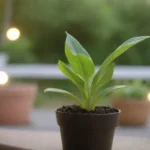 Challenges in Succulent Photography and How to Overcome Them
Challenges in Succulent Photography and How to Overcome ThemExperiment with different compositional techniques too: negative space can lead to powerful images that allow the plant to stand out against its still, bare surroundings. Additionally, capturing the environment around dormant succulents can showcase the effects of changing seasons, providing an incredible context for these hardy plants.
Conclusion
Capturing the various growth stages of succulents is much more than just photography; it’s an artistic journey that allows you to explore the beauty of nature through the lens. By understanding the distinct characteristics that each stage offers, you can better appreciate the complexities and nuances inherent in these captivating plants.
With the right equipment, lighting, and techniques in hand, you can create stunning visuals that document not only the physical changes your succulents undergo but also the emotional ties you develop with them over time. Whether you prefer macro photography to emphasize detail or wide shots to convey the scope of growth, your capabilities are as vast as the succulent's adaptability.
Don't forget to share your journey! Engaging with the community through social media can inspire others and further ignite your passion for succulents. As you continue to capture their growth stages, you'll not only be celebrating your plants but also enhancing your photographic prowess along the way. So grab your camera, find your favorite succulent, and start chronicling its spectacular growth story!
If you want to read more articles similar to Capturing Succulent Growth Stages: A Photo Tutorial, you can visit the Succulent photography category.

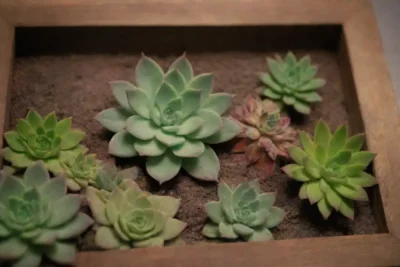
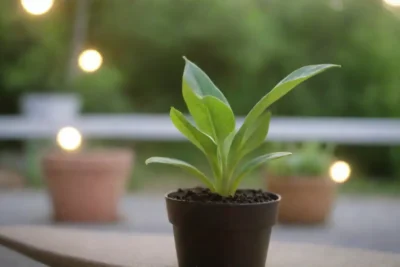
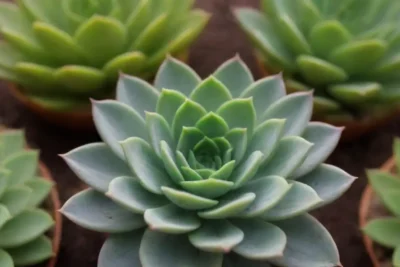

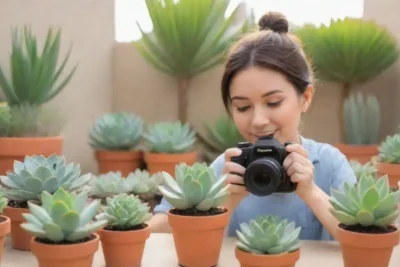
You Must Read